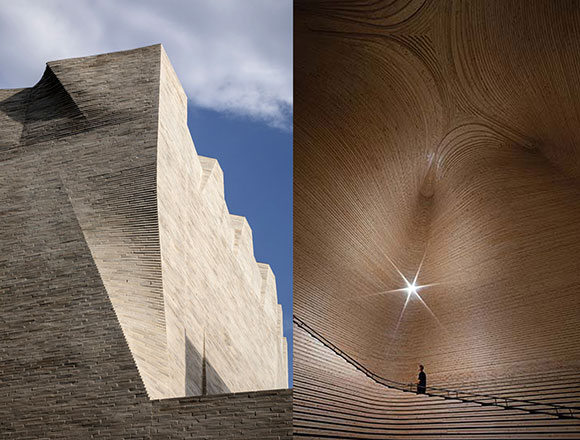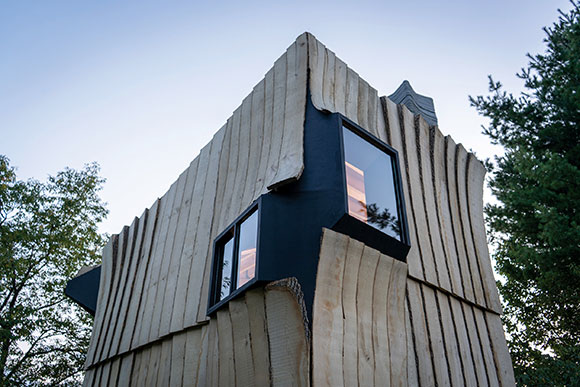#131: GOOD OR BAD: THE SUBJECTIVITY OF DESIGN
It must be asked: What is good architecture? What is bad architecture?
A 3rd century B.C. Greek adage has become the seminal motto, “Beauty is in the eye of the beholder.” But who are these “beholders”? And is architecture subjective—to be determined on a case-by-case basis by whoever is beholden, whoever is the random casual visitor?







